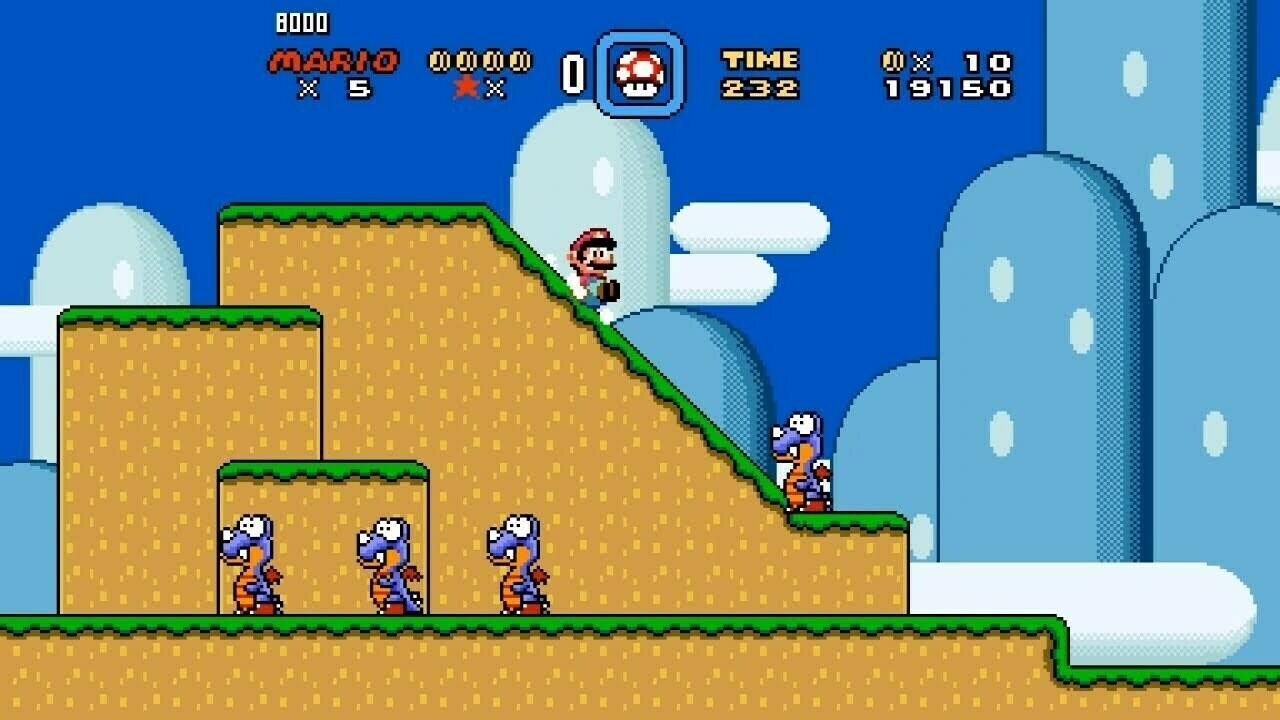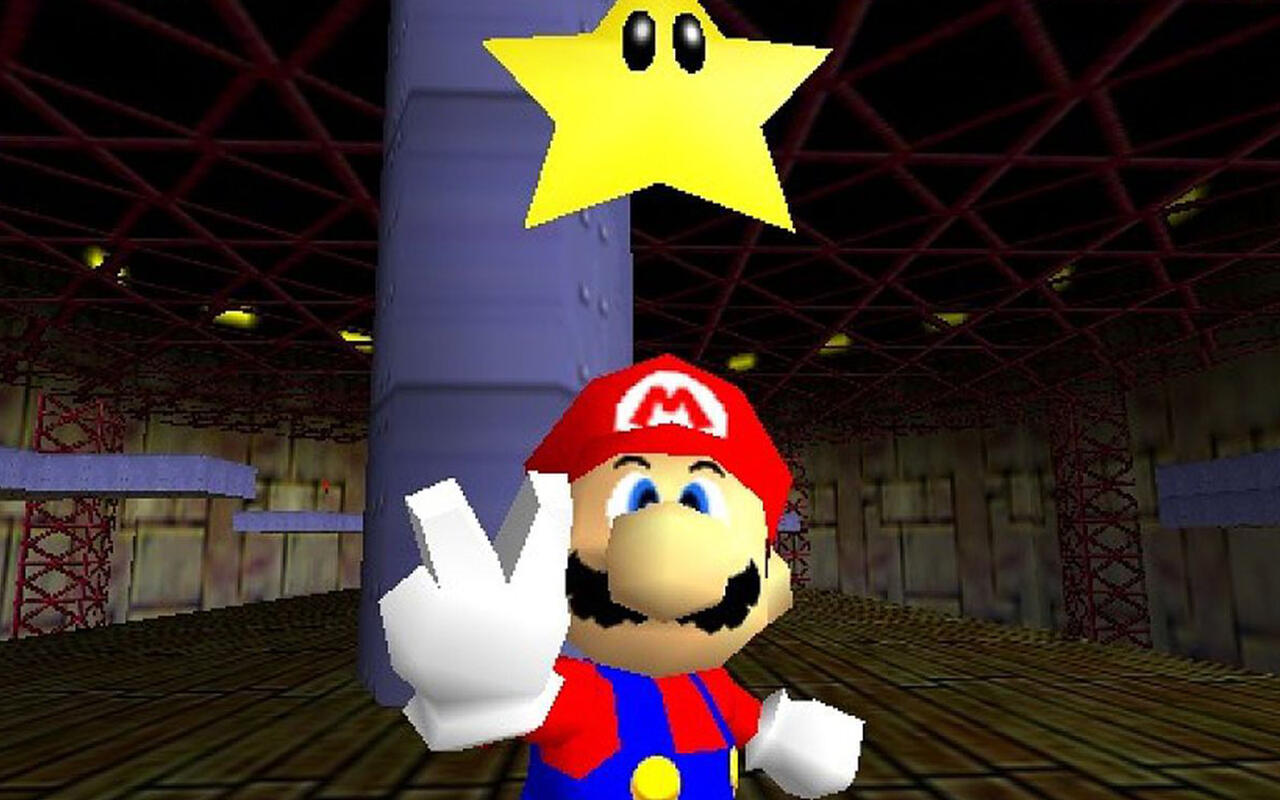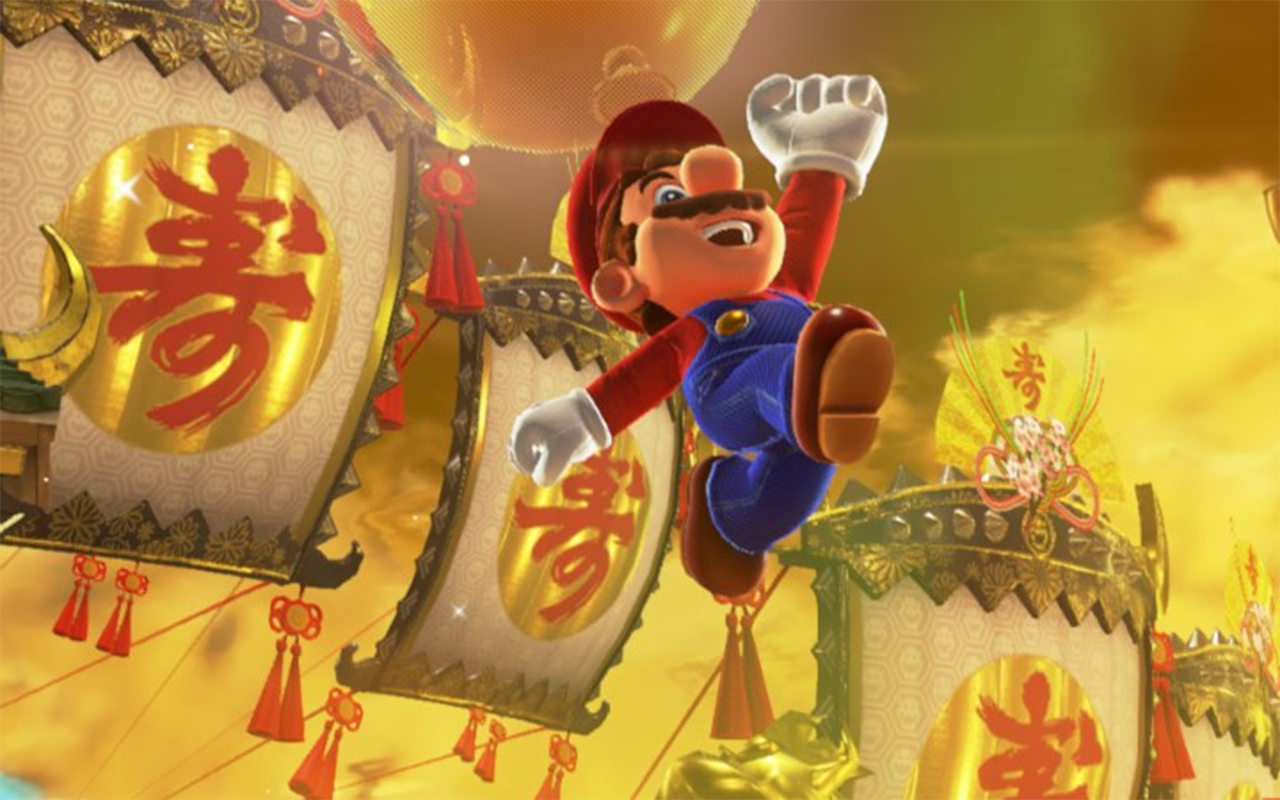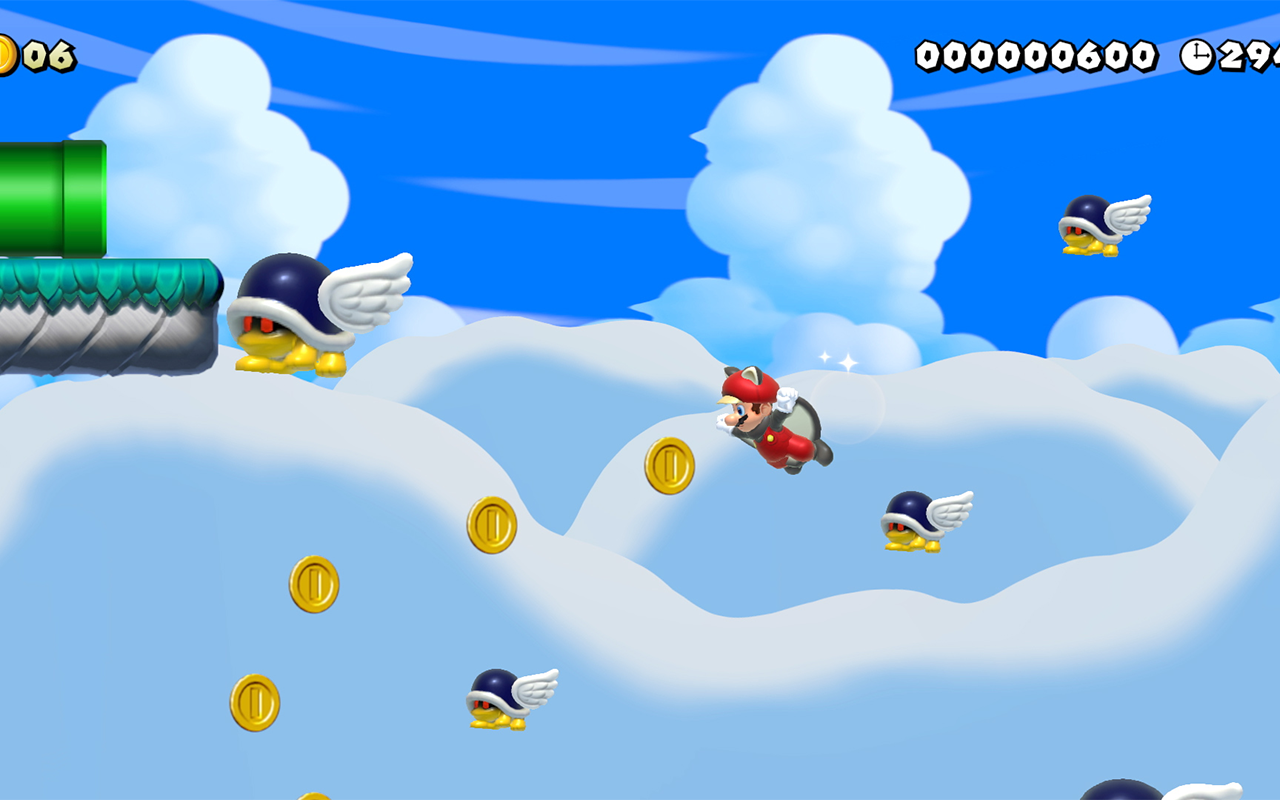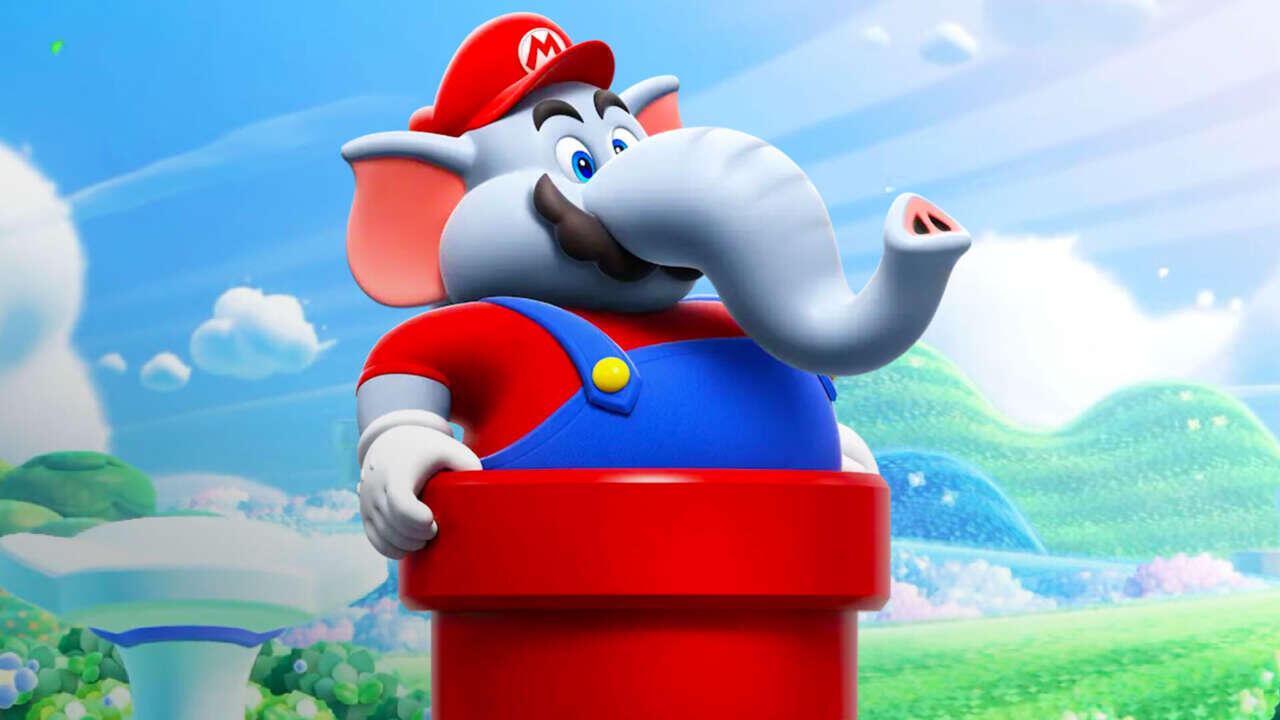Best Mario Games Of All Time
GameSpot may receive revenue from affiliate and advertising partnerships for sharing this content and from purchases through links.
The Super Mario series is one of the video game industry's most venerated franchises. Nintendo's mustachioed plumber has become a household name as recognizable as Mickey Mouse, appearing in genres as diverse as RPGs, sports games, and more. Mario has been bona fide gaming royalty for decades, but recently he's become even more of an international celebrity thanks to a blockbuster movie and the opening of theme park attractions across the globe. Mario has arguably never been more popular.
But even as Mario and his Mushroom Kingdom friends gain superstar status, the core of the character always comes back to the Super Mario series--genre-defining platformers that help set the benchmark for all other games of their kind. With a history as long as Mario's, some of these stand head and cap and shoulders above the rest.
If you're in the mood to hop, skip, and jump across the Mushroom Kingdom, almost all of these games are available on Nintendo Switch, either as full releases or as part of Nintendo Switch Online's classic libraries for NES, SNES, and N64. These are presented in chronological order, providing a walk through Mario history with only the very best of the best.
Super Mario Bros. (original)
The original that started it all is still one of the best platformers of all time. This game set the template for many mechanics that we still use today. For evidence of its influence, look no further than 1-1, a stage so iconic it has been recreated and riffed on dozens if not hundreds of times. The stage, like the game as a whole, is often used as an example of teaching the player through action. And thanks in part to its classic status, it has inspired a massive speedrunning community who are still shaving fractions of a second off their record times.
Available in Switch Online NES library
Super Mario Bros. 3
If Super Mario Bros. was the revolutionary new game that set the stage for the industry, Super Mario Bros. 3 was Nintendo coming back to show everyone how it's done. The follow-up expanded on everything in Mario, from new suits that allowed new mechanics like flying or swimming, to an overworld map that let you choose to skip some stages or enter special areas. It was a revolution and stands up as an expertly created platformer that's still fun to play today.
Available in Switch Online NES library
Super Mario World
A launch game for the Super NES, Super Mario World was an impressive look at what the new hardware could do. Mario and his friends looked better than ever before, while the game introduced new elements like punch gates and took advantage of the much-lauded Mode 7 technology to handle elements like zooming into enemies. It's also notable for introducing Yoshi, Mario's dinosaur pal, who functioned like a power-up and mounted ride with different abilities, such as breathing fire or flying.
Available in Switch Online SNES library
Yoshi's Island: Super Mario World 2
Yoshi was a breakout star of Super Mario World--so much so that for a sequel, they put the focus squarely on Mario's dinosaur pal. This was a prequel (of sorts), showing how the Yoshis ferried a lost baby Mario across their colorful world against the evil machinations of Kamek the Magikoopa. While Baby Mario's cries annoyed some gamers, Yoshi's Island is memorable for its lovely pastel presentation and unique gameplay.
Available in Switch Online SNES library
Super Mario 64
Nintendo's first bold step into the 3D era, Super Mario 64 reinvented the entire structure of a Mario game. Rather than standalone stages, players were presented with wide-open spaces and freedom of movement to accomplish certain objectives, even out of order. To help manage the camera, the game made use of the N64's new set of controls, the C-buttons, to shift your view. With loads of secrets to uncover, Mario 64 did for 3D platformers what Super Mario Bros. had done for 2D. It paved the way for the industry and helped define a generation. Super Mario 64 is available in Super Mario 3D All-Stars for Nintendo Switch.
Also available in Switch Online N64 library
See our Super Mario 64 review.
Super Mario Sunshine
Super Mario Sunshine is often the pariah in the modern Mario universe, and it's plain to see why. This is a downright strange Mario game, thanks in large part to the water-tank backpack that defines many of its core mechanics. Mario still jumps and woohoos his way around the world as usual, but this time he's augmented by FLUDD, a water pack that shoots boosts, hovers, and shoots out a stream for defeating enemies. This played into the story mechanic of cleaning up a goopy painted mess left behind by a dark Mario. While the experiment didn't always work, Sunshine gets credit for being undeniably inventive and introducing Bowser Jr.
See our Super Mario Sunshine review.
Super Mario Galaxy 2
When Super Mario Galaxy debuted, it was a revolution for the Mario series. The structure tossed away the large open worlds of Mario 64 and Sunshine and instead created a series of small platforming challenges on planetary biomes, and you'd spend a typical level hopping from one planetoid to the next. It was the perfect encapsulation of Nintendo's design philosophy of constant reinvention and iteration on new mechanics. Then Super Mario Galaxy 2 came along and did all of that even better. Having clearly learned some lessons from the first, Galaxy 2 isn't quite as revolutionary as the first. But it's the all-killer, no-filler follow-up that really showcases a spirit of delightful surprise around every corner.
See our Super Mario Galaxy 2 review.
Super Mario 3D World
Super Mario 3D World is an offshoot of the main series, with a strange journey to release. It started with Super Mario 3D Land, which was itself a riff on the classic Game Boy game Super Mario Land. 3D Land appeared on the 3DS with a hook meant to take advantage of the system's 3D tech. When 3D World appeared on Wii U, it did away with the stereoscopic 3D element unique to the 3DS and instead focused on the game's other hook: a merging of the 2D and 3D eras of Mario. Stages were structured roughly like a 2D Mario game--run left-to-right from point A to point B--but with a depth of field and verticality that those games never had. It expanded on the concept and created a fusion of ideas that made it stand out, and as a bonus, it brought back the multiple selectable characters with different abilities. Its re-release on Nintendo Switch also includes Bowser's Fury, a new kind of open-world experiment for the Mario series that is well worth experiencing.
Super Mario Odyssey
Mario's first appearance on the Nintendo Switch is a great modernization of the Mario formula. This time, Mario goes on vacation, visiting multiple environments in a globetrotting adventure. He's assisted by Cappy, a living hat that he can use to temporarily take control of enemies. This mechanic helps inform most of the platforming and puzzles, which perfectly complement Mario's usual suite of moves. It also takes a fresh look at the series mainstay Coins, using them as an actual currency to buy more outfits for Mario. It's also one of our picks for Essential Switch Games, which has many more recommendations if you're looking for more to play.
See our Super Mario Odyssey review.
Super Mario Maker 2
Super Mario Maker on Wii U democratized the Mario platformer, letting players around the world design their own stages. Mario Maker 2 on Switch expanded the concept with new tools and features, including an expanded story mode that helped showcase a series of Nintendo-made levels to serve as examples. If you want an endless sea of new Mario stages to try, or just want to make your own perfect dream stage, this is a can't-miss.
See our Super Mario Maker 2 review.
Super Mario Bros. Wonder
Super Mario Bros. Wonder is the latest Mario platformer, and made such a strong impression that we can already call it one of the greatest. The major hook are the Wonder effects--wild, reality-changing gimmicks that make each stage a treat to discover. But underlying that strong conceptual framework are a host of thoughtful, foundational changes. A Badge system lets you subtly tweak the Mario mechanics to your liking or shift equipment to tackle a particular challenge, while both offline and online multiplayer have gotten a serious overhaul. New ghost data lets you see how other random players have tackled platforming challenges and puzzles, while Standees let you lend a hand to other players even while offline. And the overworld hubs pack their own secrets to find and explore. It's the biggest evolution of 2D Mario since the Super NES, and that earns it a spot on our list.



